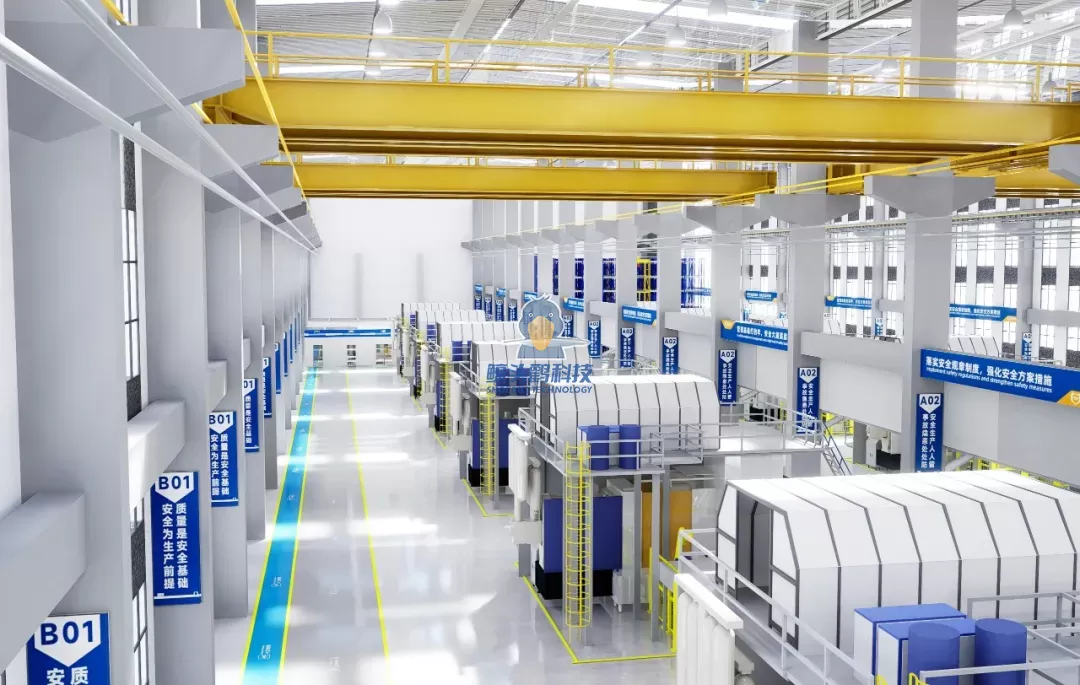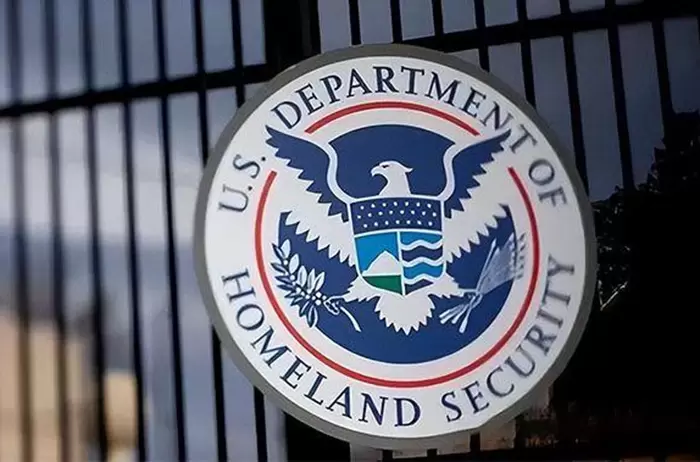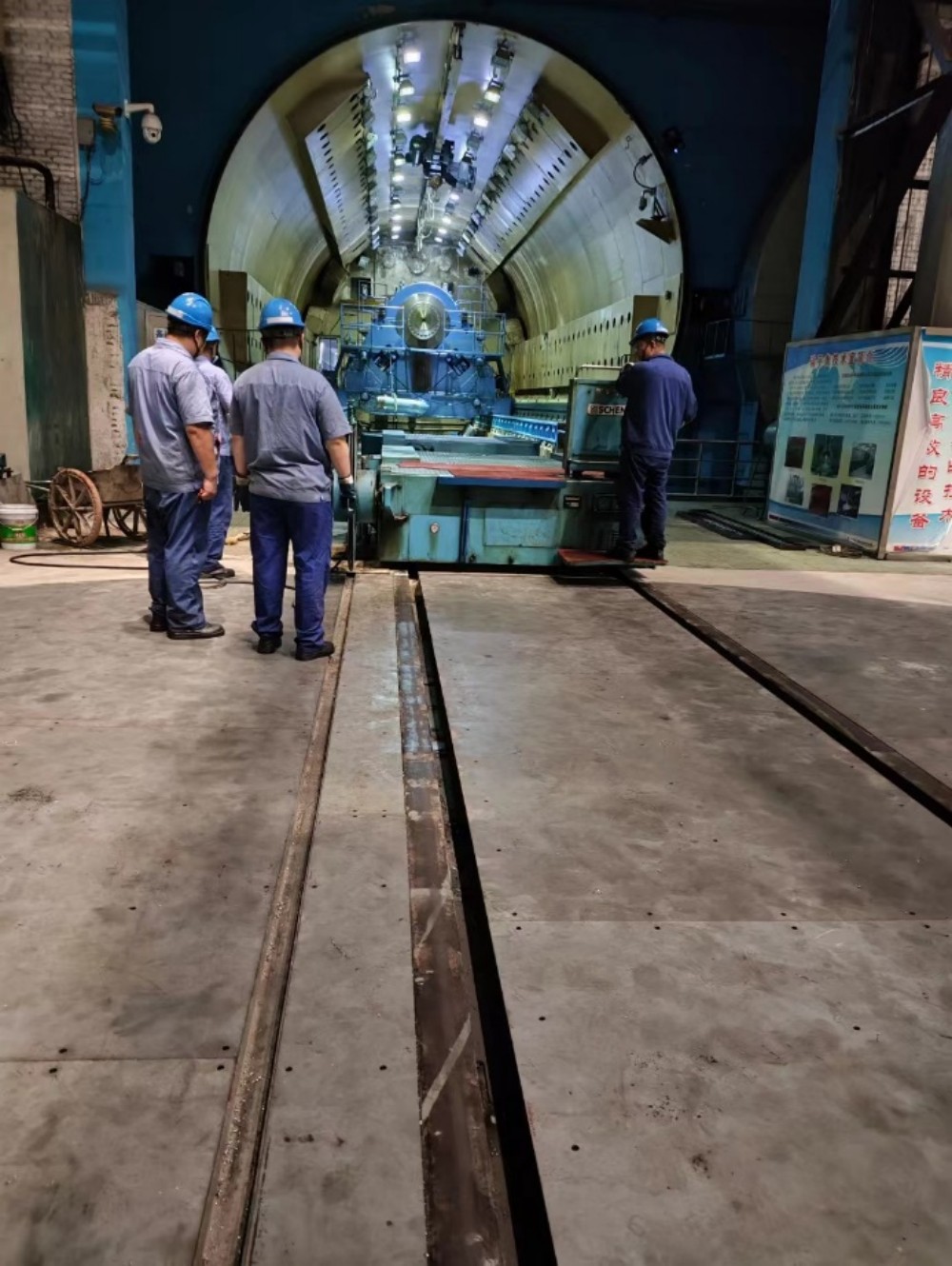In an increasingly globalized economy, the transportation of goods over long distances has become a critical component of supply chain management. Businesses are constantly seeking the most economical methods to move their products while maintaining efficiency and reliability. This article delves into the various strategies and modes of transportation that can help businesses minimize costs while ensuring timely delivery.
Understanding the Cost Factors in Long-Distance Transportation
Before exploring the cheapest methods, it’s essential to understand the factors that contribute to transportation costs. These include:
- Distance: The farther the goods need to travel, the higher the costs associated with fuel, labor, and vehicle maintenance.
- Mode of Transport: Different modes (road, rail, air, sea) have varying cost structures. For instance, air freight is typically faster but significantly more expensive than sea freight.
- Weight and Volume: Heavier and bulkier shipments incur higher costs due to increased fuel consumption and space requirements.
- Packaging: Proper packaging can reduce damage and loss, but it also adds to the overall weight and volume, affecting transportation costs.
- Insurance and Tariffs: Depending on the nature of the goods and the countries involved, insurance and tariffs can significantly impact the total cost.
The Cheapest Modes of Transportation
- Rail Freight:
Rail transport is often the most cost-effective option for moving large quantities of goods over long distances, especially across land. Trains can carry a substantial amount of cargo at a lower cost per ton-mile compared to trucks. Additionally, rail transport is more fuel-efficient, making it an environmentally friendly option. However, it is essential to consider the proximity of rail terminals to both the origin and destination, as this may necessitate additional transportation methods to complete the delivery. - Sea Freight:
For international shipping, sea freight is the most economical choice. Container ships can transport vast amounts of goods at a fraction of the cost of air freight. While sea transport is slower, it is ideal for non-perishable goods and bulk items. Businesses can further reduce costs by utilizing Less than Container Load (LCL) shipping, which allows them to share container space with other shippers. - Road Freight:
While generally more expensive than rail and sea, road freight remains a flexible option for long-distance transportation. It is particularly advantageous for door-to-door delivery, allowing for direct shipment to the final destination. To minimize costs, businesses can optimize their routes, consolidate shipments, and utilize backhauls—where a truck carries goods back to its origin after delivering a load.
Cost-Reduction Strategies
- Consolidation:
Combining smaller shipments into larger ones can significantly reduce transportation costs. This strategy maximizes the use of available space in shipping containers or trucks, leading to lower per-unit shipping costs. - Negotiating Contracts:
Establishing long-term relationships with carriers can lead to better rates and service terms. Businesses should regularly review and negotiate contracts to ensure they are receiving competitive pricing. - Utilizing Technology:
Implementing logistics management software can enhance route planning, track shipments, and optimize load capacities. This technology can lead to more efficient operations and reduced costs. - Choosing the Right Time:
Transportation costs can fluctuate based on demand and seasonality. Businesses should analyze shipping trends and consider off-peak times for transportation to take advantage of lower rates. - Sustainability Practices:
Adopting eco-friendly practices, such as using fuel-efficient vehicles or optimizing delivery routes, can lead to cost savings in the long run. Many consumers are also willing to support businesses that prioritize sustainability, potentially increasing sales.
Conclusion
Finding the cheapest way to transport goods over long distances requires a multifaceted approach that considers various factors, including mode of transport, consolidation strategies, and technology utilization. By understanding the intricacies of logistics and implementing cost-reduction strategies, businesses can optimize their supply chains, reduce expenses, and enhance their competitive edge in the market. As the landscape of global trade continues to evolve, staying informed about the most economical transportation methods will be crucial for success.








+ There are no comments
Add yours